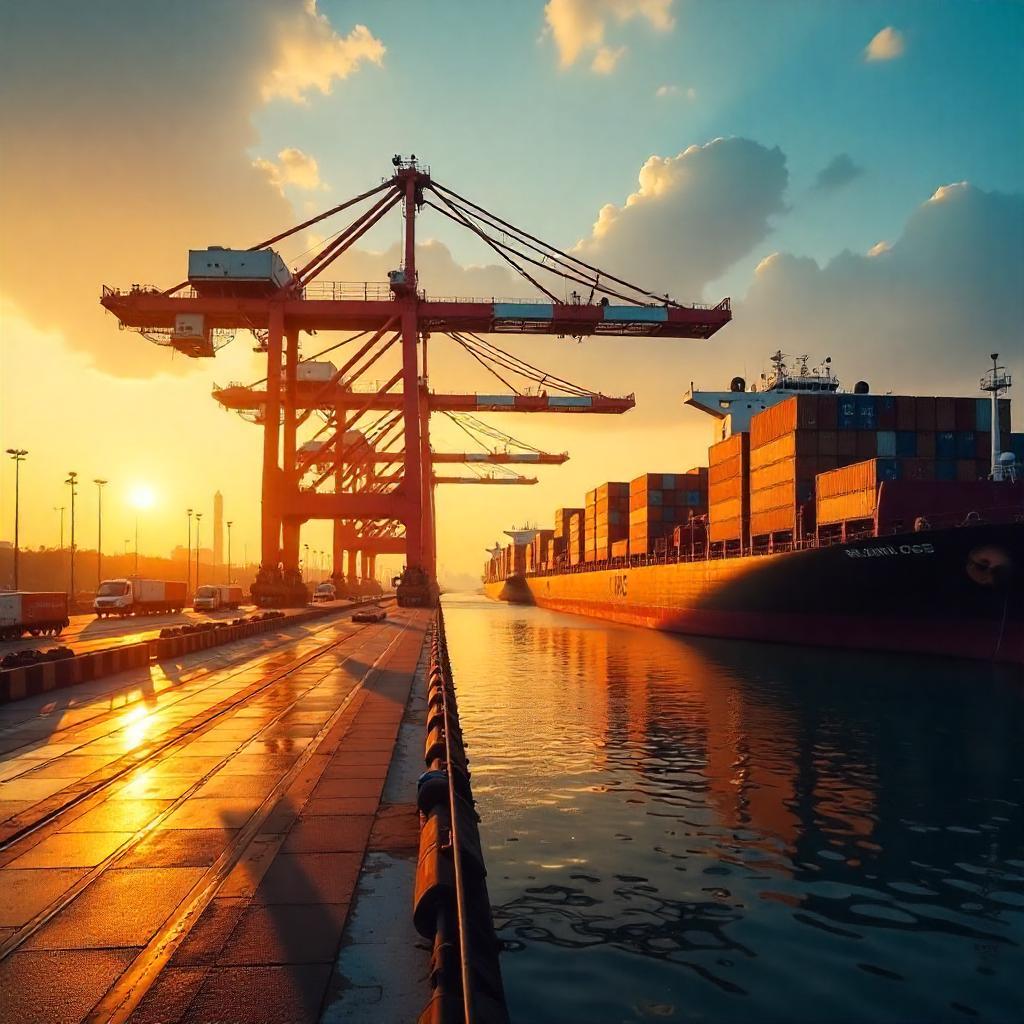Smart Ports Market: April 2025 Insights and Industry Shifts
The smart ports market continues to evolve rapidly in April 2025, with new developments highlighting the critical role of technology, sustainability, and government policy in shaping the global maritime landscape. Ports around the world are accelerating their digital transformation journeys to stay competitive, environmentally compliant, and operationally efficient.
The Smart Ports Market is Valued USD 2.98 billion in 2024 and projected to reach USD 15.5 billion by 2032, growing at a CAGR of 23.10% During the Forecast period of 2024-2032.
Get the Free Sample Research Report Copy on smart ports market: https://www.marketdigits.com/request/sample/1
India’s Push for Port Modernization
One of the most prominent moves this month comes from India, where authorities are actively transitioning traditional port infrastructure into intelligent, tech-enabled ecosystems. This transformation is being carried out under a strategic national vision aimed at streamlining maritime logistics. Key focuses include the adoption of automation, integration of artificial intelligence, and implementation of machine learning tools. These advancements are designed to reduce operational inefficiencies, simplify port processes, and enhance cargo management systems.
Sustainability Taking Center Stage
Environmental responsibility is an increasingly important driver in the smart ports market. In April 2025, more ports are deploying green technologies and energy-efficient solutions as part of long-term sustainability commitments. The incorporation of renewable energy sources, electric equipment, and advanced monitoring systems is aimed at reducing emissions and ensuring compliance with global environmental standards. This shift is not only an environmental imperative but also a strategic move to future-proof port operations.
Get the complete view of 180 Pages Market Research Report on smart ports market: https://www.marketdigits.com/smart-ports-market
Advancements in Smart Technology
Technological innovation remains a defining feature of the smart ports market. The widespread deployment of Internet of Things (IoT) devices continues to improve real-time tracking, operational visibility, and equipment performance. Artificial intelligence is playing a central role in predictive analytics and operational automation, which allows ports to make data-driven decisions and enhance overall throughput. These technologies are contributing to safer, faster, and more reliable maritime logistics.
Global Government Support
Governments across major maritime economies are supporting the development of smart ports through policy frameworks, modernization plans, and financial investments. Strategic public initiatives are focused on building resilient, tech-driven port ecosystems that can adapt to evolving global trade demands. This includes supporting infrastructure upgrades, incentivizing innovation, and fostering partnerships between public and private sectors.
Regional Leadership and Trends
Asia-Pacific continues to lead global adoption trends in the smart ports market. Countries across the region are making significant progress in integrating digital infrastructure into their ports, leveraging innovations in automation and smart logistics to maintain competitiveness. Their proactive stance positions them as global benchmarks for smart port implementation and operational excellence.
Market Challenges and Future Outlook
Despite strong momentum, the market faces several challenges. High implementation costs for advanced technologies and infrastructure upgrades remain a concern for many port operators. Additionally, the transition to smart systems requires workforce adaptation, including the development of new skill sets to manage complex digital tools and platforms.
Looking forward, the smart ports market in April 2025 is poised for sustained growth and transformation. The ongoing convergence of innovation, sustainability, and supportive governance will continue to shape the next generation of port operations.


